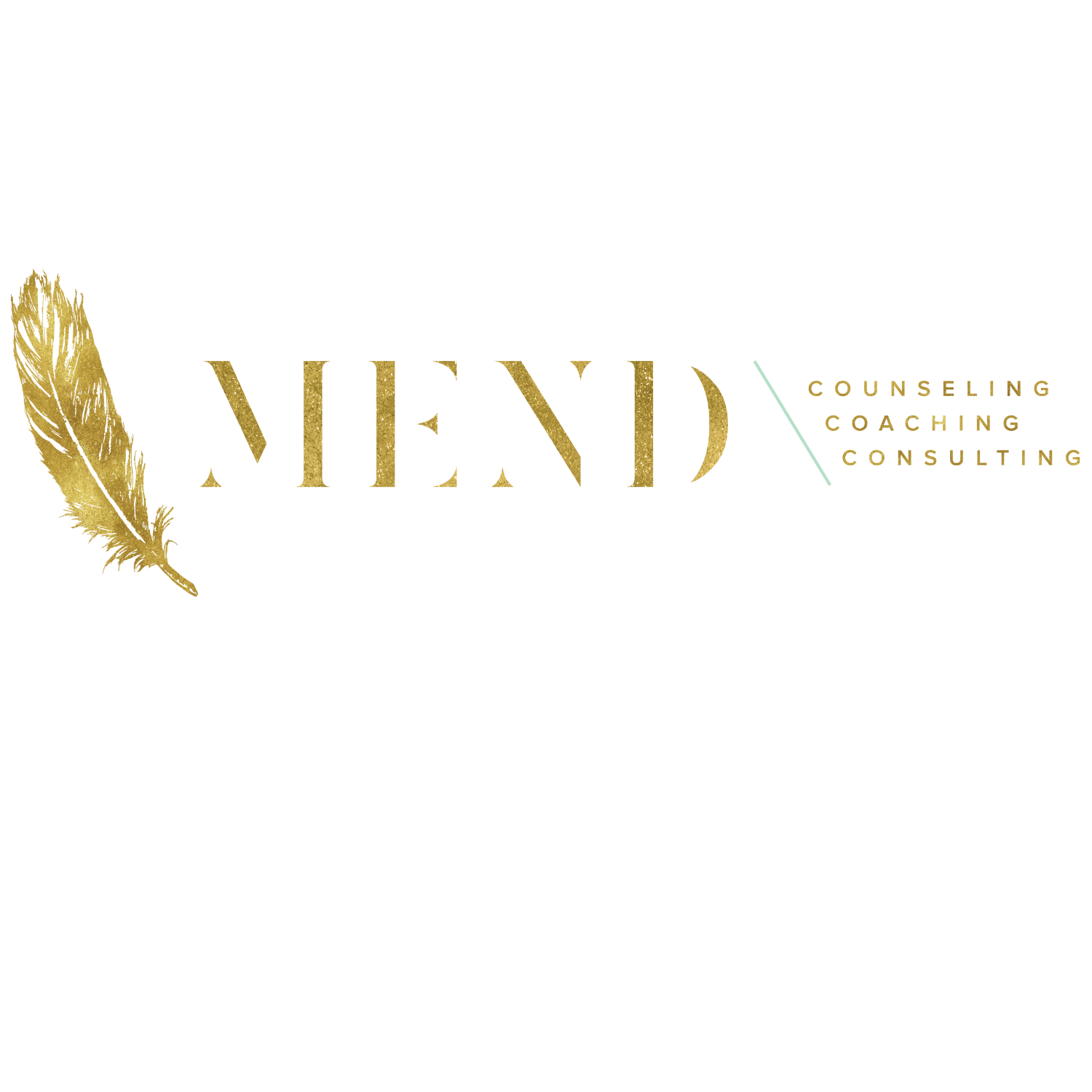Have you ever gotten into an argument with your partner and had an emotional reaction that felt out of proportion to the situation? While we may attribute those feelings to our partner’s words or actions that triggered us, many of those big emotions we feel are actually an unconscious response shaped by our childhood attachments.
So what is attachment? Research done by John Bowlby and Mary Ainsworth, and expanded upon by modern researchers, has shown that children develop a pattern of behavior based on their caregiver’s response to the child’s needs, which can start before a child can even talk. If you did not experience an attentive, consistent parental figure in childhood, you will likely notice those early experiences negatively impacting your adult relationships. However, the great news is that we can build secure attachments at any age!
Through his research, Bowlby identified 4 different types of attachment styles. Which one resonates with you?
Secure attachment allows children to feel safe and known as the caregiver is accessible, consistent, and able to provide comfort. These children are actually more apt to leave their caregiver to explore because they feel secure their parent will be there for them when the child returns.
Anxious attachment develops when a caregiver is inconsistent with the child or not aligned with the child’s needs. Children with anxious attachment may cling to their caregiver and refuse to leave because they are worried they will not be there when they return.
Anxious-avoidant attachment may develop if a child’s parental figure is emotionally unavailable, unresponsive to the child’s need for affection, or critical of emotional expression. Children with this attachment tend to avoid seeking out close relationships because they don’t trust people to meet their needs.
Disorganized (fearful-avoidant) attachment is often due to abuse or trauma a child has received from the caregiver. The child learns to fear their parent instead of seeking comfort from them. The child does not know what to expect and so lives in a perpetual state of negative anticipation.
So what does this all mean for adult relationships? If you’re feeling some big emotions, try these steps:
1. Take a deep breath or a time out. It sounds trite, but it’s important! When our amygdala is activated in stressful situations (such as a fight with your partner) our fight, flight, or freeze response is activated and stress hormones are released into the body, causing reactions like sweating or a racing heartbeat. The part of your brain that is responsible for rational decision-making (the prefrontal cortex) essentially leaves the building. Taking time to calm the nervous system through deep breathing or taking a walk can allow a reset for the intensity to come down. However, if one partner is anxiously attached, their partner’s leaving can trigger fears of abandonment, so decide ahead of time how long the “time out” will be. For example, if your partner leaves for 10 minutes, can you tolerate your distress for that length of time, knowing you both have agreed he or she will come back after that time?
2. Think of your problem as the problem. Instead of viewing your spouse or partner as the issue, can you look at your conflict as part of an entrenched pattern of behavior? Sue Johnson calls this cycle within couples the “negative dance.” A counselor can work with you as a couple to identify and disrupt this “dance” through understanding the core emotional needs that are underlying each person’s actions. These are often an unmet need from childhood (Johnson, 2008).
3. Build consistency. Securely attached individuals are able to be independent because they trust their caregiver — or in the case of adult relationships, their partner — will be there for them when needed. How can you build consistency and safety with your partner through small daily actions?
If you want to learn more about attachment, here are some recommended resources:
Hold Me Tight: Seven Conversations for a Lifetime of Love by Sue Johnson
This attachment inventory from a professor at the University of Illinois can help you see your types of attachment with various relationships in your life.
Attached: The New Science of Adult Attachment and How It Can Help You Find—and Keep—Love by Amir Levine and Rachel S.F. Heller
The Attachment Project has lots of resources and blog posts regarding attachment styles.
Liz Downey is Mend’s Counseling Student Intern. She offers counseling for couples and families as well as individuals. To schedule an appointment with Liz, call 469-801-9055 or email info@mend-counseling.com.
Liz Downey



